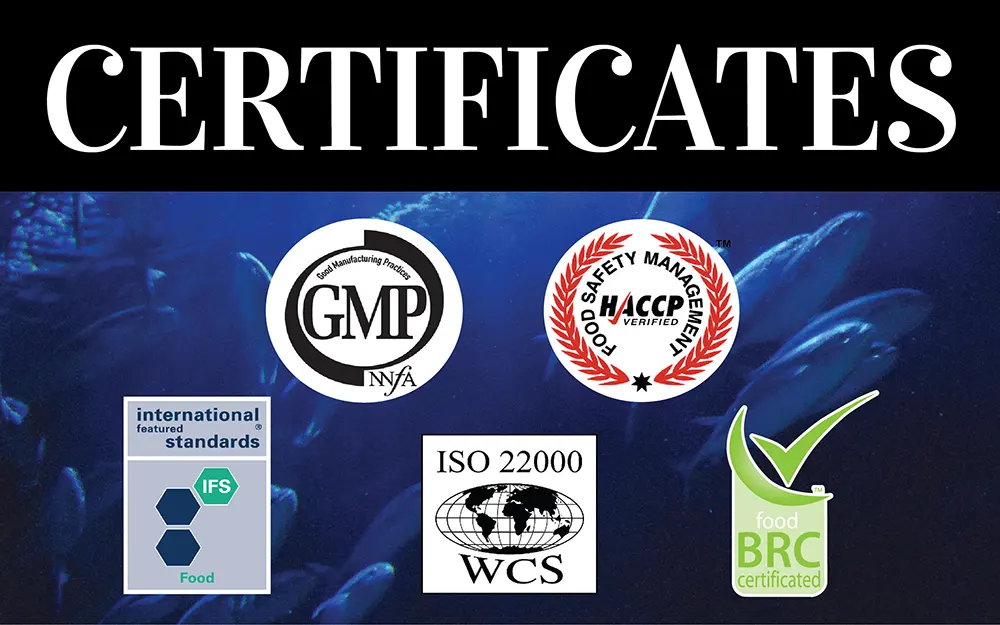
Vietnam sees pangasius sales improve as inventories begin to clear: Undercurrentnews
 Vietnam’s pangasius sector is hoping sales, and prices, can pick up in the coming weeks, after a sluggish first half to the year.
Vietnam’s pangasius sector is hoping sales, and prices, can pick up in the coming weeks, after a sluggish first half to the year.
2018’s record-high prices prompted significantly more farming, and fingerling production this year – but inventories in the key markets of the US and China have been filled with that high-cost raw material from last year, several sources told Undercurrent News at Vietfish, in Ho Chi Minh City, at the end of August.
One source, close to the Mekong Delta’s farming operations, said that farming land had increased by some 18% in 2019, with farmers looking to cash in. Of course, the output from these ponds varies in quality.
“The pangasius market is still recovering from a backlog of high-priced inventories,” Jim Gulkin, CEO of trading company Siam Canadian Group, told Undercurrent. “It should begin to work out soon though, consumption remains strong.”
Raw material prices took an upward turn from a low point of VND 19,500 per kilogram in August, but have remained flat since, two sources said.
Early in August they rose to VND 22,000/kg — higher than they’ve been since the spring, but still low compared to the highs reached in 2018, noted a spokesperson for farmer Nam Viet Joint Stock Company (Navico). As of Sept. 13 the price dipped again, to roughly VND 21,000, they said. “We hope that it wil recover when entering the holiday season.”
At VND 22,000/kg, independent farmers are still losing around VND 3,000/kg, they said.
A salesperson with Vietnamese trader Mekong Seafood Connection also noted both raw material and export prices had lifted early in August, but had not changed much from then. He felt increasing demand should soon bring prices up relatively quickly again.
Undercurrent’s prices portal shows pangasius prices to the EU market have remained steady at $2.35/kg since June, but Navico said that while the US’ plentiful inventories were beginning to clear — and harvest volumes were starting to come down a little — raw material prices were likely to remain low until Q1 2020.
The first source, familiar with farming operations “on the ground”, said raw material prices at the end of August were set at VND 22,500/kg.
“Processors are sticking with material from their own farms, or from contractors, so independent farmers have been struggling to sell their fish, and some are making losses,” he said.
“They prefer to sell at 800-900 grams, but currently they are keeping them in ponds to 1.2kg or 1.4kg. Just last week prices dipped again,” he added.
This year’s sustained lower prices have not dissuaded farmers from stocking their ponds though, he said, as fingerling producers also sought to cash in on last year’s price spike, meaning availability is now great, and prices low.
“Farmers are stocking ponds, they’re gambling that the bottom has been reached for prices and that things can only improve now. Processors ought to be getting good year-end orders around now, their inventories are still quite full, but should start moving.”
Bob Noster, senior director of sales and procurement of shrimp and pangasius for US importer Seattle Shrimp & Seafood Co., largely confirmed the picture heard from the supply side.
“There has not been much change [in import price] the last few months, as raw material prices have been stable around VND 20,000-20,500/kg,” he said.
“The overall exports to the US are down from the previous year, therefore the packers have reduced their purchasing volume from other sources and only utilize material from their own ponds.”
He suggested there was some anticipation that Vietnam’s packers may have tried reducing their prices during the Vietfish show, and World Seafood Shanghai (Aug. 28-30), to try and encourage orders for year-end shipments.
“The demand from the US buyer is slow with purchases of smaller volumes on an as-needed basis. Current US inventories are quite adequate for today’s demand, and in addition, a few packers have inventory in the US freezers that are unsold and are being discounted for quick sales,” he added.
Seattle Shrimp & Seafood doesn’t expect any major changes to the market for the rest of 2019, unless China’s demand increases and “can draw the attention of the packer”, he concluded.
Don Kelley, vice president/ procurement manager for US importer Western Edge, agreed, simply stating the market remained soft, and “not moving at a rapid pace”. “Shipping to US has slowed and buy price has stabilized.” No drastic changes are anticipated, he said.
Some exporters hit by stricter Chinese imports
At 2018’s Vietfish event several sources noted Chinese demand for pangasius was booming, helping prop up the high prices and spurring many to cater to that market. A dependence on that market was a risk though, they said; “if China gets picky about something, or decides it wants to pay less, then they just stop buying and prices will dive”.
Such an eventuality came to pass in 2019, with China passing new regulations over trade and cracking down on the more “informal” trade routes, which saw importers trucking pangasius back over the border from Vietnam.
“The new regulations on sales to China mean most pangasius is now sold to processors, which then sell to China, rather than the direct border trade of before,” said Undercurrent’s Mekong Delta source. In this way, independent farmers have lost one sales option.
“China has two trade routes: very cheap product, across the border, or more high-end,” said an executive with a major processor, at Vietfish. “We sell high-end, it’s the more sustainable route. It means we get three-to-five years ‘warning’ on regulation changes. With border trade, regulations changed last year and a lot of companies saw their sales drop fast.”
All this said, sales to China are still up year-on-year; at $384.7 million for the first seven months of 2019, 36% higher than for the same period of 2018, according to Navico investor relations information.
According to this data, Vietnam’s sales to the EU are also up y-o-y, by 10%, to $152.2m.
Sales to the Americas have declined though, with the key US market so far taking 47% less pangasius in terms of value, at $154.4m, and Central and Latin American markets also declining.





